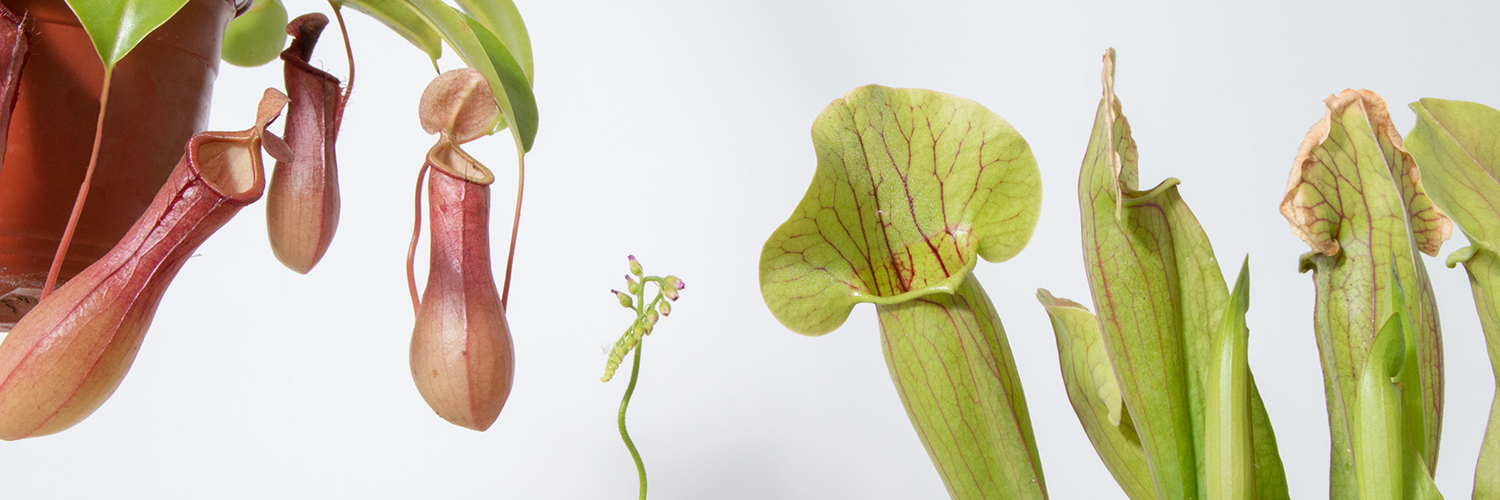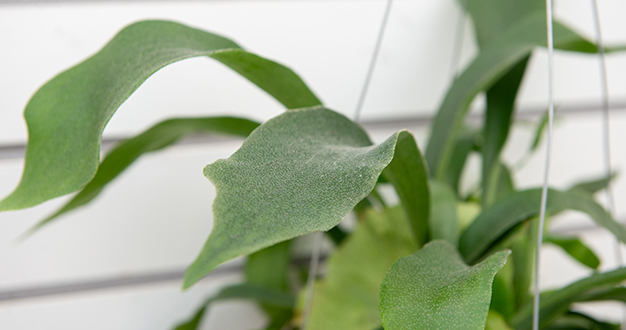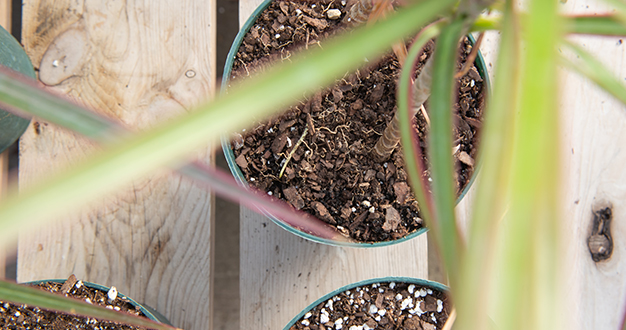
As plants go, carnivorous plants are in a world all their own. Unlike most houseplants who spend their days mildly soaking energy and nutrients from sun and soil, carnivorous plants lure, grab, and digest actual insects. They’re some of the most exciting and rewarding plants you can add to your collection.
Carnivorous plants aren’t that difficult to care for either – but they do play by their own rules. They’ll stretch your understanding of what it means to care for a houseplant as you enjoy the weird and wonderful things they do. Here, we share about a few of our favorites – what makes them so unusual and how best to keep them healthy.
Traps, Pits, and Sticky Fingers
Carnivorous plants have developed some positively animal-like strategies to survive in environments where most plants can’t. That’s because their native habitats are boggy, swampy places where the soil is consistently wet, slightly acidic, and very poor in nutrients – especially nitrogen. To get the nutrition they need, carnivorous plants may trap, grab, or even drown other living things – mostly insects – and then digest them with special enzymes or bacteria.
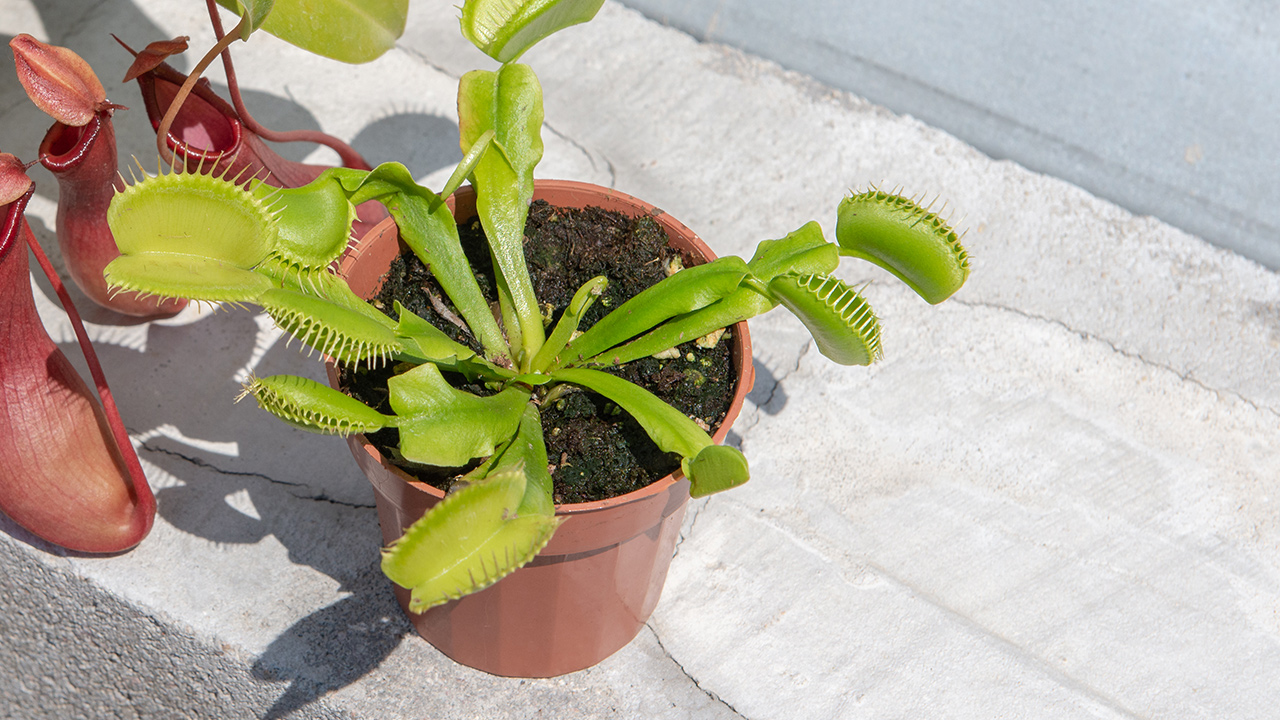
Venus Fly Trap
As the name implies, Venus flytrap, Dionaea muscipula, uses inviting colors to lure unsuspecting insects close enough to trap them in its jaw-like leaf structure. After just a couple tickles from the insect, the trap snaps closed in less than a second, holding the insect inside while the plant digests it. Although Venus flytrap appears exotic and otherworldly, it’s actually native to eastern parts of the United States.

Sundew
Sundews belong to the genus Drosera, which contains about 200 species and can be found everywhere on earth except Antarctica. If you see them in our Greenhouse collection, be sure to grab them because they always go fast. These uncommon houseplants are also known as octopus plants because rather than setting traps, they use dozens of tentacle-like extensions – each with a sticky and attractively sweet drop of fluid on top – to quickly grab and hold passing insects. Special enzymes then break down the insect into elemental nutrients the plant can use.
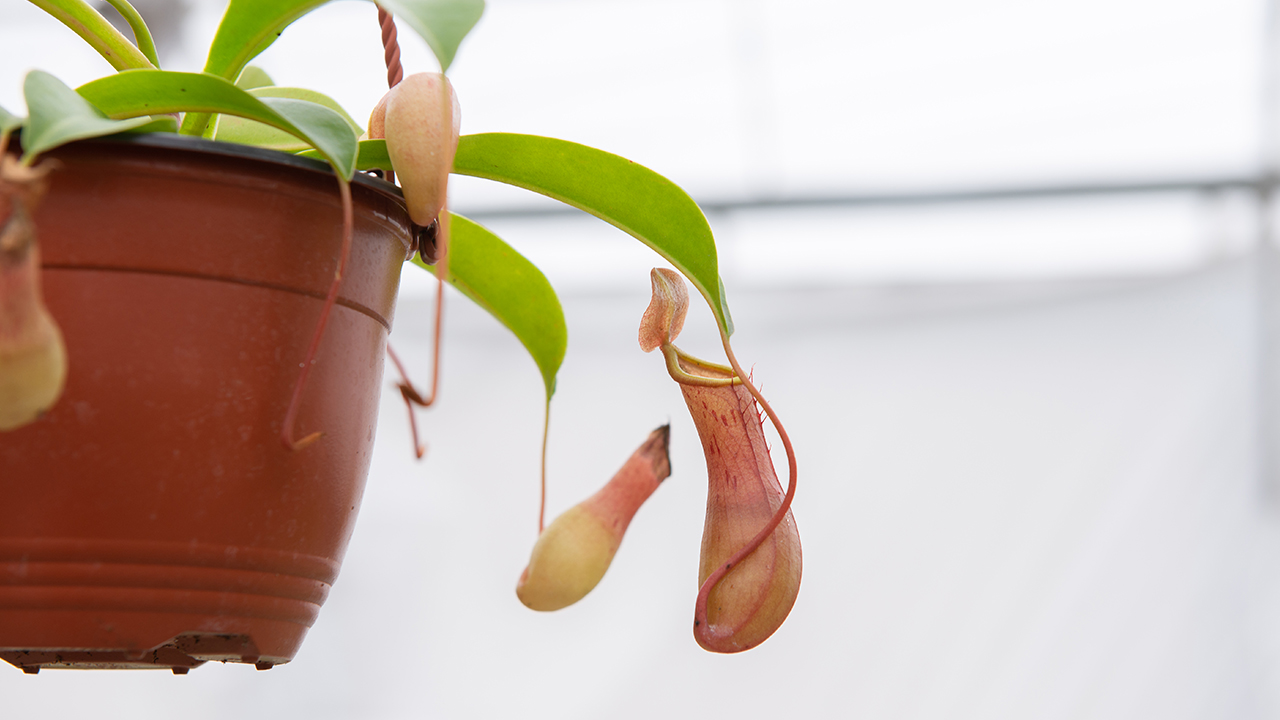
Pitcher Plant
And some carnivorous plants are more passive in their hunt for prey. In the Greenhouse, we currently have two different genera of pitcher plant – Nepenthes and Sarracenia. Species in both of these groups use modified, cup-shaped leaves to hold a small pool of liquid laden with digestive enzymes. Sweet nectar and pretty floral colors lure insects to the slippery edge of the cup – then it’s a surprising tumble into the pool where they drown and are slowly digested.
Care Tips That Break All the Rules
Carnivorous plants are so strange that caring for them requires a plant parent to break the usual rules for houseplant care. It’s not necessarily hard to nurture carnivorous plants – just completely different.
For example, unlike most indoor foliage plants, carnivorous plants love lots of very bright, direct sunlight – sitting right in a south window is ideal, opposed to the “bright, but indirect” light most houseplants prefer. And because they’re adapted to living in boggy swamps, carnivorous plants do best when their pots sit in a little water at all times so their soil stays constantly wet. Carnivorous plants won’t thrive in a typical professional potting soil either. Instead, they need a loose but moisture-holding mix that contains fine bark or sphagnum peat moss plus horticultural sand or perlite.
Carnivorous plants also like a lot of humidity in the air, so if you’re thinking of building a closed or semi-open terrarium, they’d love to live there.
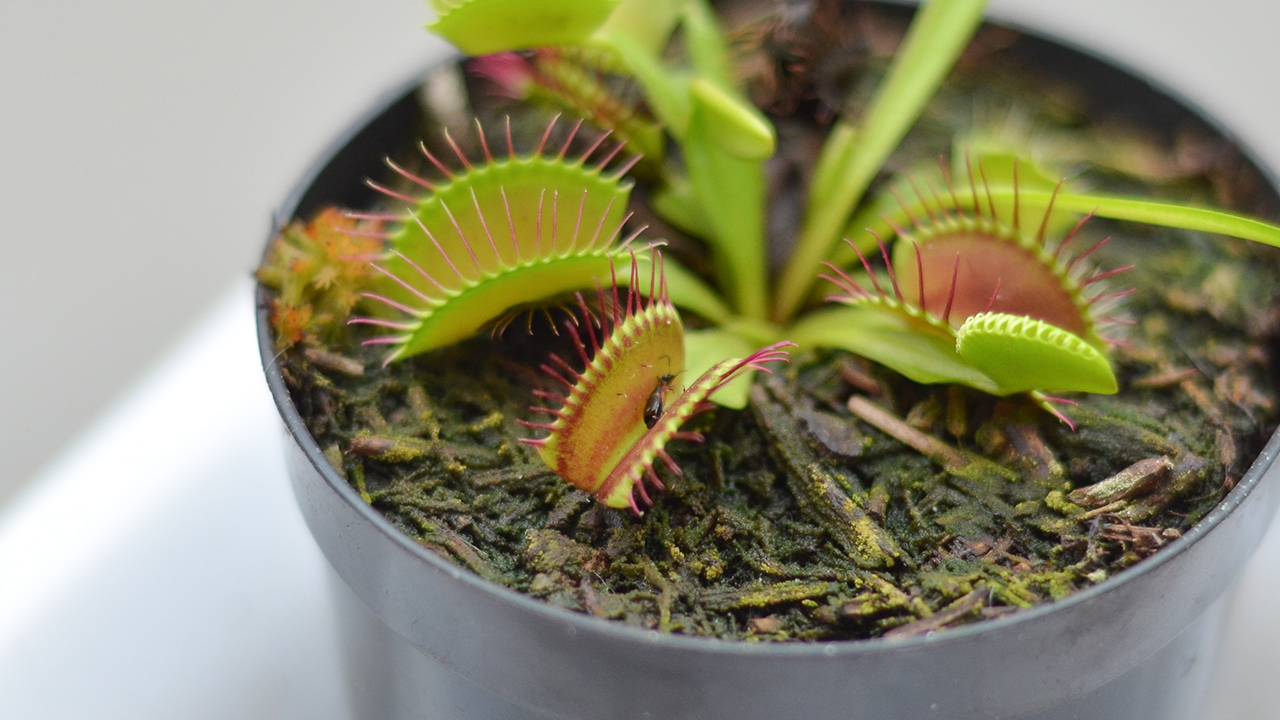
Feeding Your Carnivore
One of the main attractions of owning a carnivorous plant is the opportunity to watch it eat its prey – but restraint is important. Carnivorous plants do rely on trapped insects for some of their nutrition, but it takes surprisingly little of this to keep them happy. For the most part, your carnivorous plant will find plenty of insect meals just catching the occasional gnat, mosquito, or house fly. They’re also used to nutrient-poor soil so regular plant fertilizer is not only unnecessary, it can be harmful.
If you do choose to occasionally feed your carnivorous plant, only offer insects similar to what they would find in the wild – human food like hamburger or chicken won’t digest well. Catch your own insects or try small dried insects from the pet store – mealworms, bloodworms, and crickets are great options. If you’re feeding a Venus fly trap, use a small insect – only a third of the size of the trap – so the plant can digest the entire meal before it decays inside the trap.
And although it’s tempting, avoid irritating your carnivorous plant just to see it move with no promise of a meal in return. It takes a lot of energy to close a trap or move tentacles, and teasing can exhaust your little carnivore.
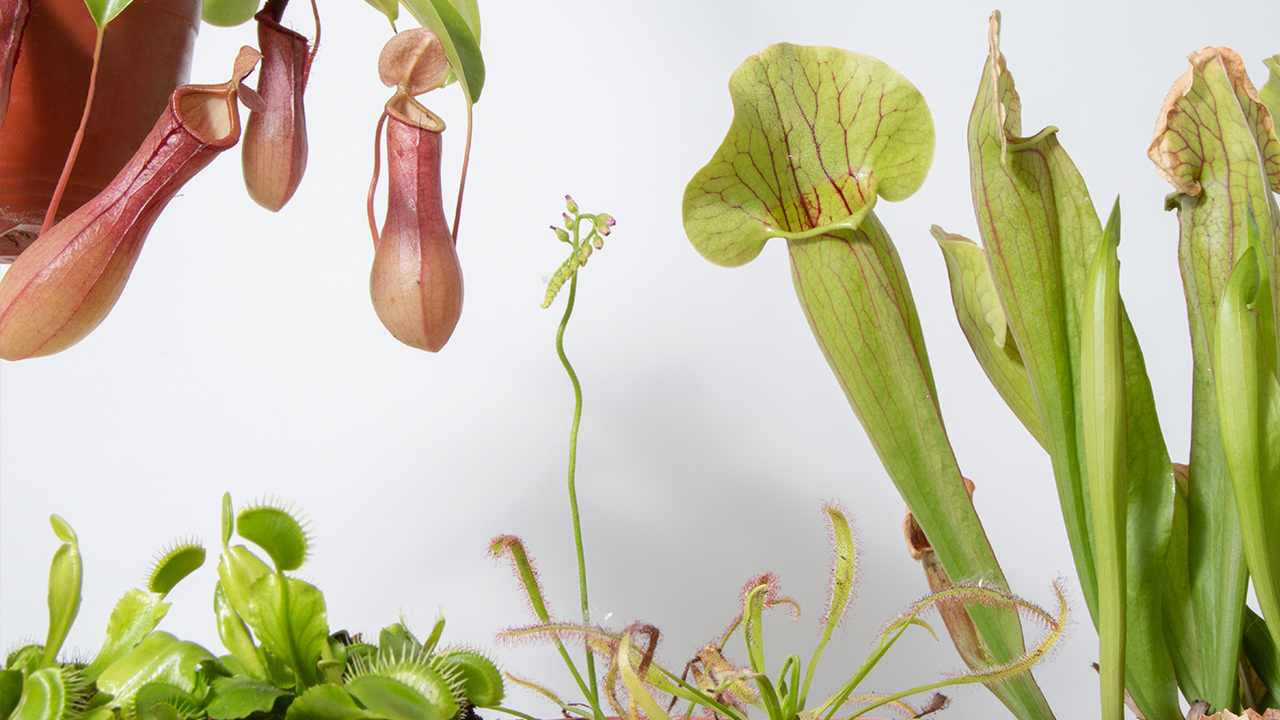
Add Something Strange to Your Collection
If you’ve mastered the foliage houseplants and you’re ready to try something a little weird, carnivorous plants are the perfect choice. Stop by the Greenhouse and take a look at our current collection of bug-eating plants. We’re happy to help you find the perfect one to take home and answer any questions about this strange and wonderful group.

